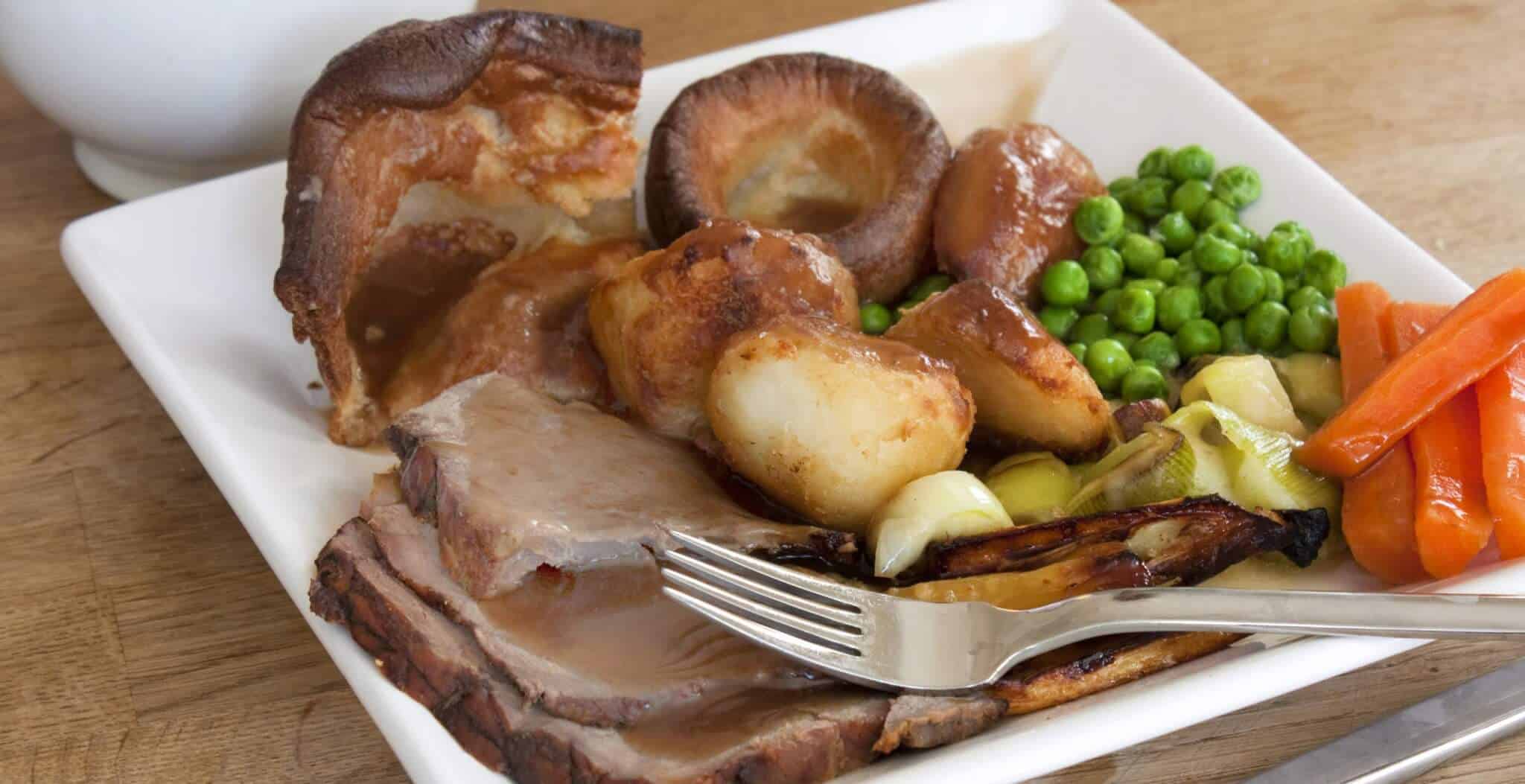British cuisine is often an enigma, a rich tapestry woven from centuries of history and an eclectic mix of influences. It goes beyond the common stereotypes of fish and chips or bangers and mash, inviting curious food lovers to explore its hidden depths.
As you embark on this culinary adventure, you might encounter hearty meat pies, delicate afternoon teas, and regional cheeses that rival the finest in the world. So, what can you expect? From the bustling markets of London to quaint countryside pubs, the array of flavors and dishes is both surprising and delightful.
Whether you’re a novice or simply seeking to expand your palate, this guide will equip you with the knowledge to navigate the vibrant world of British food. Get ready to discover comforting classics, trendy innovations, and the stories behind every bite!
Key Ingredients in British Cooking

British cooking boasts a rich tapestry of ingredients that reflect its diverse history and regional influences. At the heart of many traditional dishes lies hearty root vegetables such as potatoes, carrots, and parsnips, which are often roasted, mashed, or stewed.
Meat, particularly lamb, beef, and poultry, plays a central role, featuring prominently in classic meals like Sunday roasts. Accompanying these proteins are a variety of dairy products, from creamy clotted cream and tangy cheddar cheese to silky butter, enhancing flavors and textures in countless recipes.
The use of fresh herbs like rosemary, thyme, and parsley infuses dishes with a vibrant essence, while seasonal fruits, whether tart blackcurrants or sweet apples, provide natural sweetness and balance. With a foundation built on simple yet robust ingredients, British cuisine invites both novice chefs and seasoned cooks to explore its comforting depths and culinary charm.
Iconic British Dishes to Try

When it comes to iconic British dishes, the list is as rich and varied as the history behind each recipe. Start with the beloved full English breakfast, a hearty feast featuring eggs, bacon, sausages, baked beans, and black pudding — a meal that perfectly embodies the spirit of a classic British morning. Then, take a trip to the seaside with fish and chips, where crispy battered fish meets golden fries, often enjoyed with a drizzle of malt vinegar.
Don’t overlook the savory goodness of shepherd’s pie, a warm blend of minced lamb and vegetables topped with creamy mashed potatoes. And let’s not forget about afternoon tea, a delightful ritual that combines scones with clotted cream and jam, served alongside a selection of dainty sandwiches.
Each of these dishes tells a tale, inviting you to explore not just the flavors, but the cultural fabric woven into the very heart of Britain. Whether in a cozy pub or a chic café, these culinary staples offer a delicious pathway into the world of British gastronomy.
Conclusion

In conclusion, embarking on a culinary journey through British food offers a delightful exploration of flavors, traditions, and regional specialties that define the nation’s culinary landscape. From hearty classics like fish and chips andshepherd’ss pie to contemporary dishes that celebrate locally sourced ingredients, there’s something to satisfy every palate.
As you navigate this diverse array of cuisines, don’t overlook the significance of British food export, which has allowed these traditional flavors to reach food lovers across the globe. Whether you’re trying your hand at cooking these dishes at home or savoring them in local pubs or restaurants, embracing British cuisine will undoubtedly enrich your appreciation for thcountry’sys rich gastronomic heritage.
So, gather your ingredients, roll up your sleeves, and enjoy the adventure that awaits in every bite of British food.
 Howl Movie
Howl Movie




